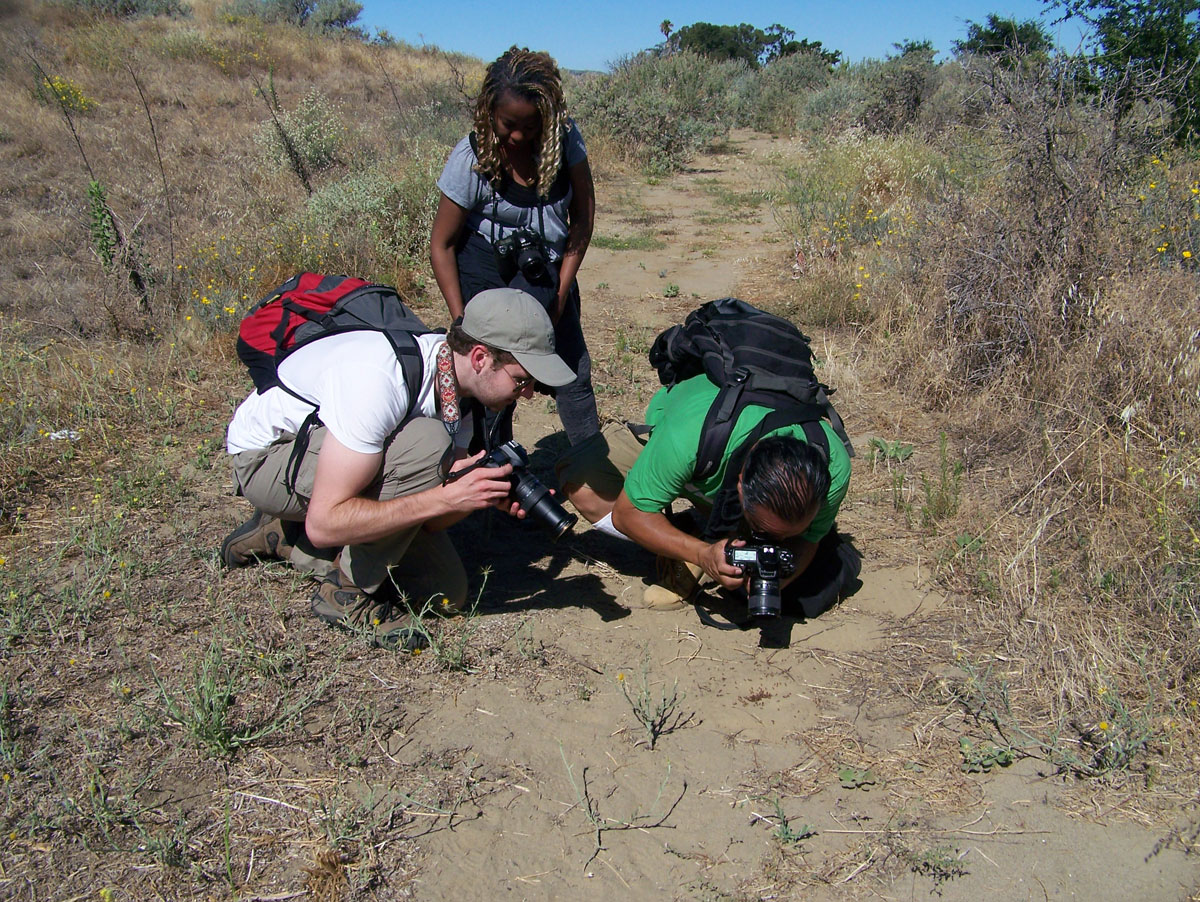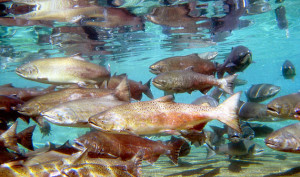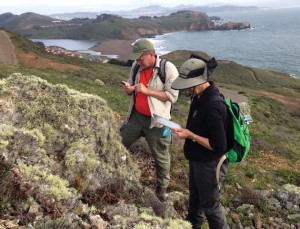ith the metallic clanking of Amtrak’s San Joaquin as it whooshes by and the acridity of gypsum floating through the air, it is sometimes hard to remember the conservation importance of Antioch Dunes National Wildlife Refuge. A mere 55 acres in size, Antioch Dunes is one of the smallest refuges in the United States. At first glance the landscape looks like a large vacant lot that is located next to gypsum drywall factory.
But this large empty lot is the first wildlife refuge in the country to be dedicated exclusively to the conservation of insects and plants, and a home to three endangered species-the Antioch Dunes evening primrose, Contra Costa wallflower, and Lange’s metalmark butterfly.

About 50 volunteers were allowed into the refuge on July 25 to spend the morning searching and cataloguing species of all kinds, as part of a citizen science bioblitz sponsored by the U.S. Fish and Wildlife Service and Nerds for Nature. The opportunity was a rare one, as the refuge is open to the public only once a month for docent-led tours.
For Carmen Minch, an outdoor recreation planner for the San Francisco Bay National Wildlife Refuge Complex, the day was as much a chance to remind people about the value of protecting the dunes as it was a scientific opportunity.
“It’s vitally important to have local people seeing what’s literally in their backyards,” Minch said. It is my hope that events like this will help to show people that nature is all around them, they just have to look for it. Sure, there aren’t any sexy animals here, but they still play just as important a role.”
Many of the bioblitzers hailed from the East Bay, particularly Concord, Livermore, Martinez, and Antioch. Kenneth Brosas, a teenager who had moved recently to Antioch from the Philippines, said he was determined to learn the lay of the land.
“I’m here wanting to learn more about North American wildlife and familiarize myself with the nature of my community while I’m here,” he said.
Kay Kirby, on the other hand, has lived in Antioch all her life. Out tracking animals and plants with her grandson Colin, she says for her the Antioch Dunes have always evoked a sense of reverence and beauty. She painted the dunes, with paintbrush and with memories, 40 years ago. She said she has always had a special place in her heart for the evening primrose.
The critically endangered primrose was one of the highlights of the bioblitz, recorded in 21 different locations by 11 different observers. Most of the sightings were found in the deeply thistled interior of the refuge.

The species scoring the most observations was the harlequin cabbage bug, which is anything but endangered and is a pest to farmers and growers alike. For the entire day, 28 different iPhone-wielding observers added 637 observations for 111 species-not bad for a seemingly empty lot.
USFWS biologist Susan Euing also spotted a small patch of Antioch Dunes buckwheat growing in a clump near the edge of the embankment facing the river. Although wild buckwheat (Eriogonum nudum) is found throughout the West Coast, the Antioch Dunes variety grows only in the wildlife refuge, and serves as the primary host plant for the endangered Lange’s metalmark butterfly. First discovered in 1933 and described in 1938, the Antioch Dunes buckwheat began to decline rapidly as its native dunes habitat was being depleted to make bricks to rebuild San Francisco after the 1906 earthquake.
The butterfly was placed on the Endangered Species list in 1976 in the first major listing of insect species following the passage of the Endangered Species Act in 1973. In 1977, entomologist Richard Arnold began the first serious collection and survey of the species in Antioch, providing the majority of research about the butterfly today.
The participants of the bioblitz didn’t see the butterfly, which is in its cocoon phase. But the sighting of its host plant offered at least a reminder, and a hope, that the Lange’s metalmark will live for another season.



